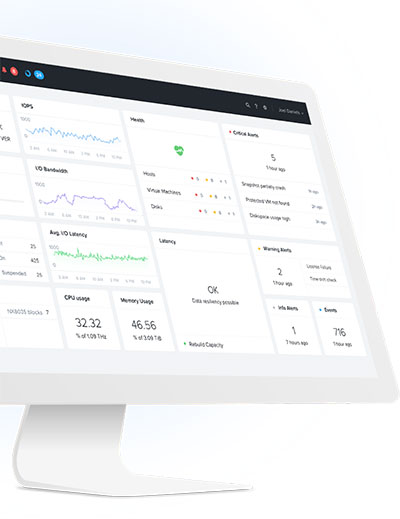DevOps for dummies
By Neville Vincent >>
THE TECHNOLOGY industry has a habit of inventing terms and phrases that are virtually incomprehensible to those outside that inner circle.
Despite our overall lack of comprehension, these terms take off and become hot topics and ‘ones to watch’ quite easily.
Blockchain frequently dominates our headlines, due mostly to its intrinsic link to the madness around Bitcoin and other cryptocurrencies – but how many of us actually know what it is? 
Others are easier to understand, such as artificial intelligence (AI), though our interpretations might be skewed by some memorable fiction over the years.
One that is growing in prominence but understood by few is DevOps. It’s a concept that’s either ignored completely or labelled as ‘best left to the techies’.
However, DevOps is among the most important business-level technology trends gaining real traction, and it’s high time business leaders in Australia took notice.
SO, WHAT IS DEVOPS?
DevOps, a combination of development and operations, is less a new technology and more a culture, practice and even a movement. At its core, it’s about people first; empowering teams within business departments with digital tools they need when they need them.
Any digital service – which could include new applications to manage finance or human resources, video conferencing, data analytics, and much more – involves a number of steps to go from concept to reality. These steps are usually research, design, construct, test, deploy and manage.
Traditionally, these steps have taken a long time, a lot of blood, sweat and tears and required huge financial investment, meaning businesses needed to carefully choose which digital services they adopt.
DevOps advocates the use of automation and monitoring at all stages of development and aims for shorter cycles so that digital services aren’t such a chore and can be spun up quickly.
The key ingredient to DevOps is perhaps the overused but at least well-understood term – agility. New technologies emerge every day and businesses need to be ready to react and deploy.
GETTING STARTED
Step one to creating a successful DevOps environment is implementing a simpler, more sophisticated information technology (IT) environment.
Modern environments, such as public and private cloud and hyper-converged infrastructure, are effectively automated to the point where they don’t need ‘management’.
That means your IT team has more time to focus on building a DevOps culture.
From a financial point of view, investing in an IT environment has always been a bit of a guessing game.
CIOs had to judge the amount of resources they would need over the period of about five years and then make a case to their CFOs and management. This often meant paying for more than was needed at the start of that cycle, and potentially being stretched thin by the end of it.
Cloud is scalable and has enabled a more favourable operational expenditure (opex) system for this spend. Bite-sized investment can be made as and when needed, meaning the IT environment is never behind or ahead of business requirements.
Consuming IT in this way often means vendor consolidation, ticking another box for CFOs and business leaders.
With a scalable environment, more resources can be deployed quickly and easily to manage the applications and services that come from DevOps.
CONTAINERS
If DevOps is a poorly-comprehended term, containers are likely to be flat out baffling, but are an important tool to add to your new IT environment to help enable DevOps.
In simple terms, container services such as Kubernetes and Docker are private spaces where applications can be run in a number of different ways.
Remember our list from earlier? Research, design, construct, test, deploy and manage. In a container, these stages are easier, faster and cheaper to work through.
There’s a lot more to containerisation, but that can be left to the techies – the takeaway message here is that a container can help enable a DevOps culture.
BUILDING THE CULTURE
With the right foundation and tools in place, the vital next step is to build the culture within the organisation. While DevOps must be led by management and the IT department, it requires buy in, cooperation and communication on an interdepartmental level.
Each department must communicate what it needs from a digital transformation standpoint. This can then be assessed, and a strategy can be formed that satisfies the need in line with what’s possible and what fits in with the company’s digital roadmap.
This is less about technology and more about change management. People can be resistant to changing the status quo and most outside of the tech department won’t understand what DevOps and containers are and why they should care.
What people should understand is the benefits DevOps can deliver – speed, agility, meeting customer needs with technology, automating daily repetitive tasks, the list goes on.
Communicating these benefits and building a DevOps culture in the right way will help bring the speed and agility businesses crave, and simplify the tedious tasks of people at all levels, and that is something we can all get behind.
Neville Vincent is vice president for Australian and New Zealand, ASEAN and India for enterprise cloud company Nutanix.

